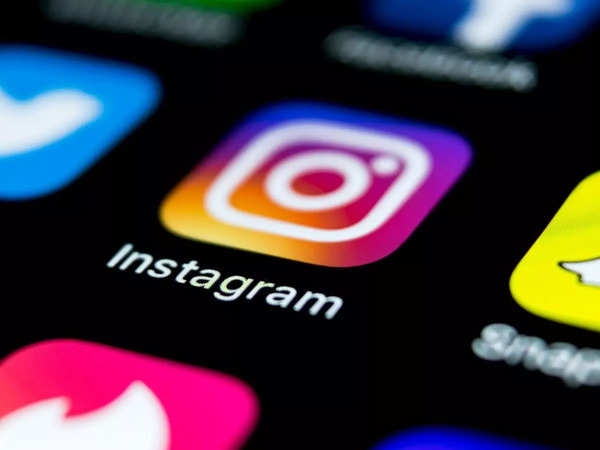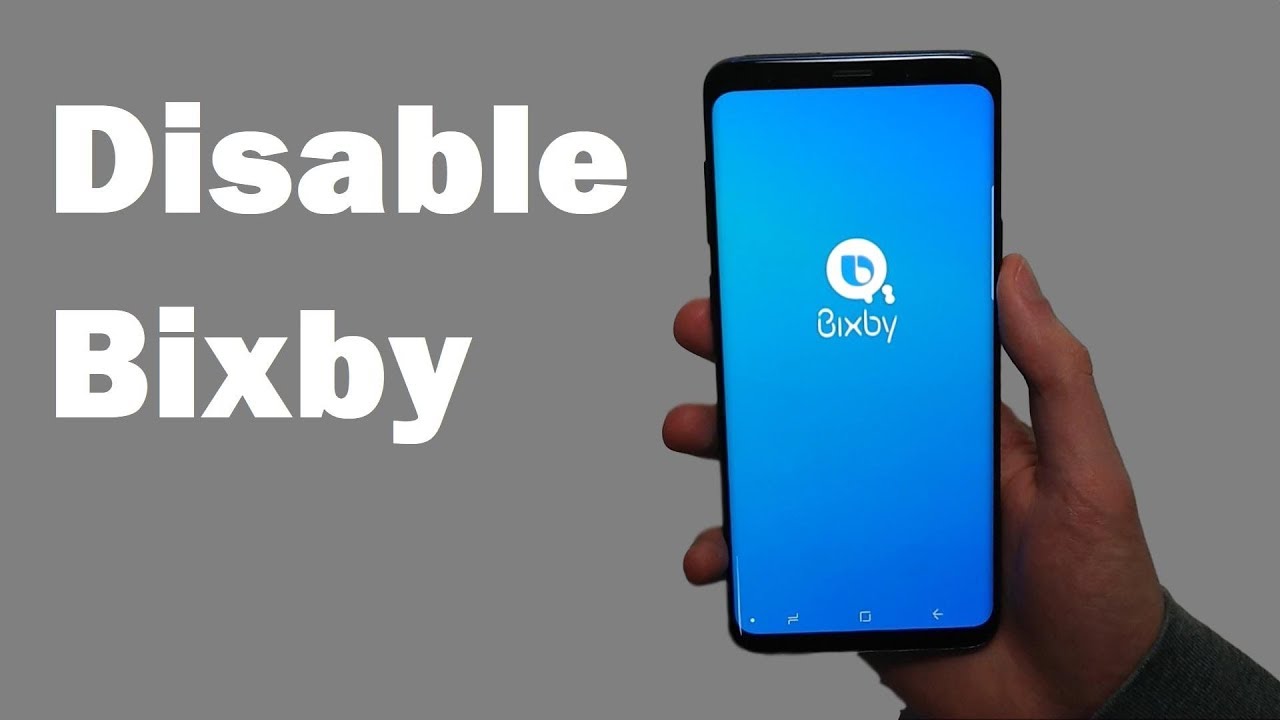The number of things we use our smartphones with is increasing and this has put a strain on the battery. To compensate, OEMs have increased battery capacity while also allowing them to charge faster. Not everyone needs the Galaxy S20 charged that quickly though so let me show you how to disable Fast Charging and/or Fast Wireless Charging.
Fast Charging and Fast Wireless Charging features have been here for years. They first started off as proprietary features from companies including Qualcomm, Samsung, and OPPO. Over time though, even the USB-IF created the USB Power Delivery specification for USB-C devices that choose to implement it.
Samsung has branded their quick charge features Fast Charging, Super Fast Charging, and Fast Wireless Charging. Very simple names here, which I can respect, and very simple to understand. For wired charging sessions the speed would go Normal Charging -> Fast Charging -> Super Fast Charging.
Then on the wireless side you have Normal Wireless Charging -> Fast Wireless Charging.
You will need the appropriate equipment (charger & compatible cable, compatible charging pad) if you wish to achieve these faster charging times. Samsung’s charger and cable in the box will get you the regular Fast Charging speed, but you’ll need to buy a Samsung 45W Charger to reach Super Fast Charging speeds.
Still, some of us want to charge our phones less quickly so let’s slow things down from the software.
How to Charge the Samsung Galaxy S20 Slower?
Launch the Settings application
Scroll down and then tap on the “Device Care” menu
Now tap on the “Battery option
Look toward the bottom of the list and choose the “Charging” option
Finally, toggle off any of the “Fast Charging,” “Super Fast Charging,” or ‘Fast Wireless Charging” to disable the feature
Again, this isn’t something that I recommend everyone do. I know there are many who buy Samsung smartphones specifically for its software features like this. I can understand that. But not everyone uses their smartphones that way and many of us can get through the day (sometimes two) on a single charge.
This enables us to plug in the phone at night and let it charge while we sleep.
For most cases, there simple isn’t a need to charge the phone quickly if this is your typical charging pattern. It’s much better for the battery to let it charge slowly over the course of your night (even a 5-hour charge would be a very slow charging speed) as it prevents the battery from heating up as much as charging it quicker.
That way, the phone doesn’t charge to full before you even begin REM sleep for the night. And then it won’t trickle charge to keep the device topped up for the next 6 hours. You can always enable the fast charging feature for those times you’re in a pinch and need it. So unless you need it, I believe it’s better to keep these features disables.
This is especially true in warmer climates where even regular charging speeds push the battery into risk-adverse levels.
Can I Still Use the Original Galaxy S20 Charger?
Yes! That’s the best part about these features. Sadly, they aren’t included in most Android OEM ROMs but there have been some custom kernels that enable it with some companion software (typically a custom kernel manager). This means that it doesn’t matter which charger or wireless charging pad.
We are still able to slow down the charging speed by simply turning the feature off in the software.
This means you can use any wired or wireless charger with the Samsung Galaxy S20, Galaxy S20+, and Galaxy S20 Ultra while still maintaining those “slower” (which is really just the standard) charging speeds.
Experiencing difficulties with your Device, check out our “How To” page on how to resolve some of these issues.







